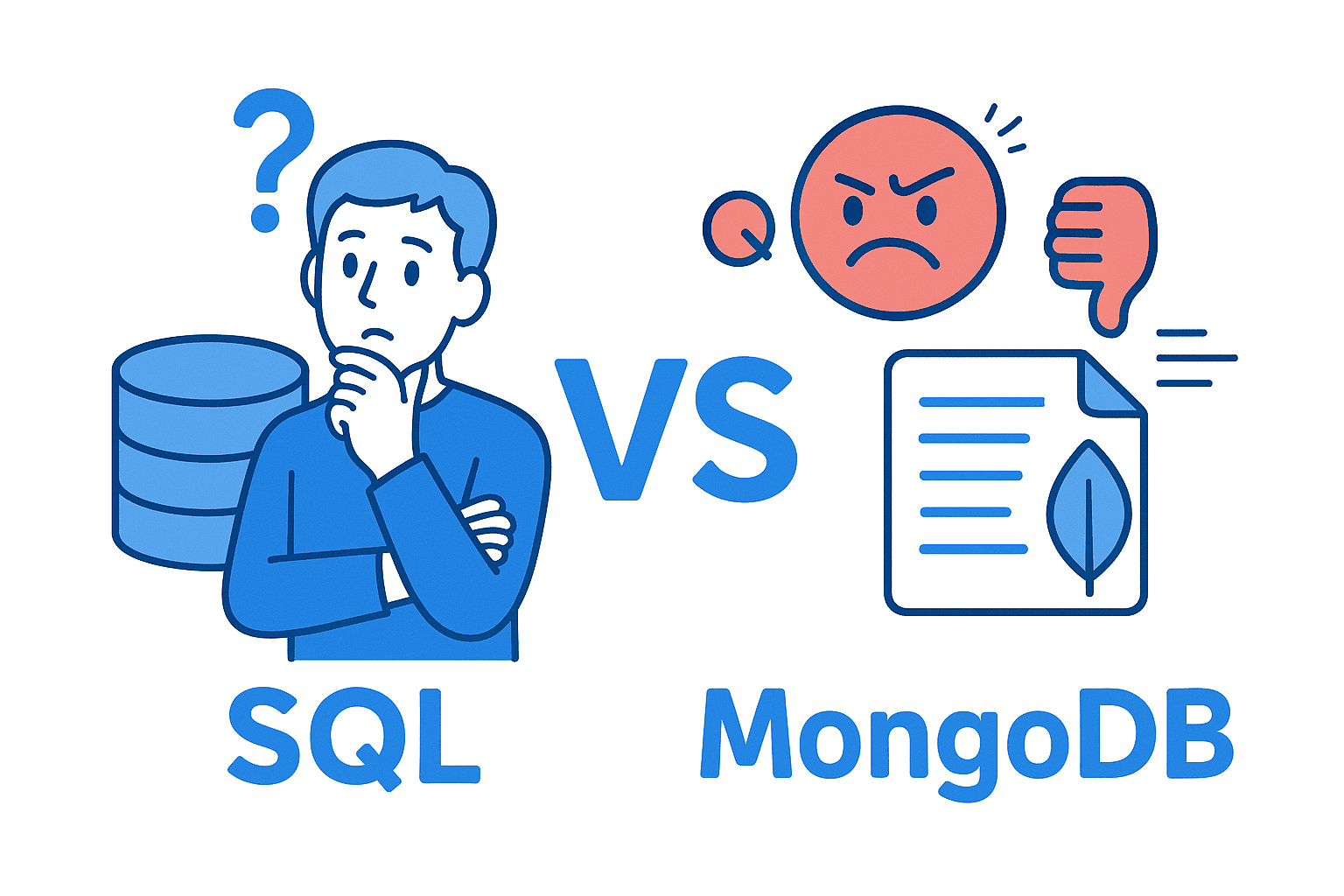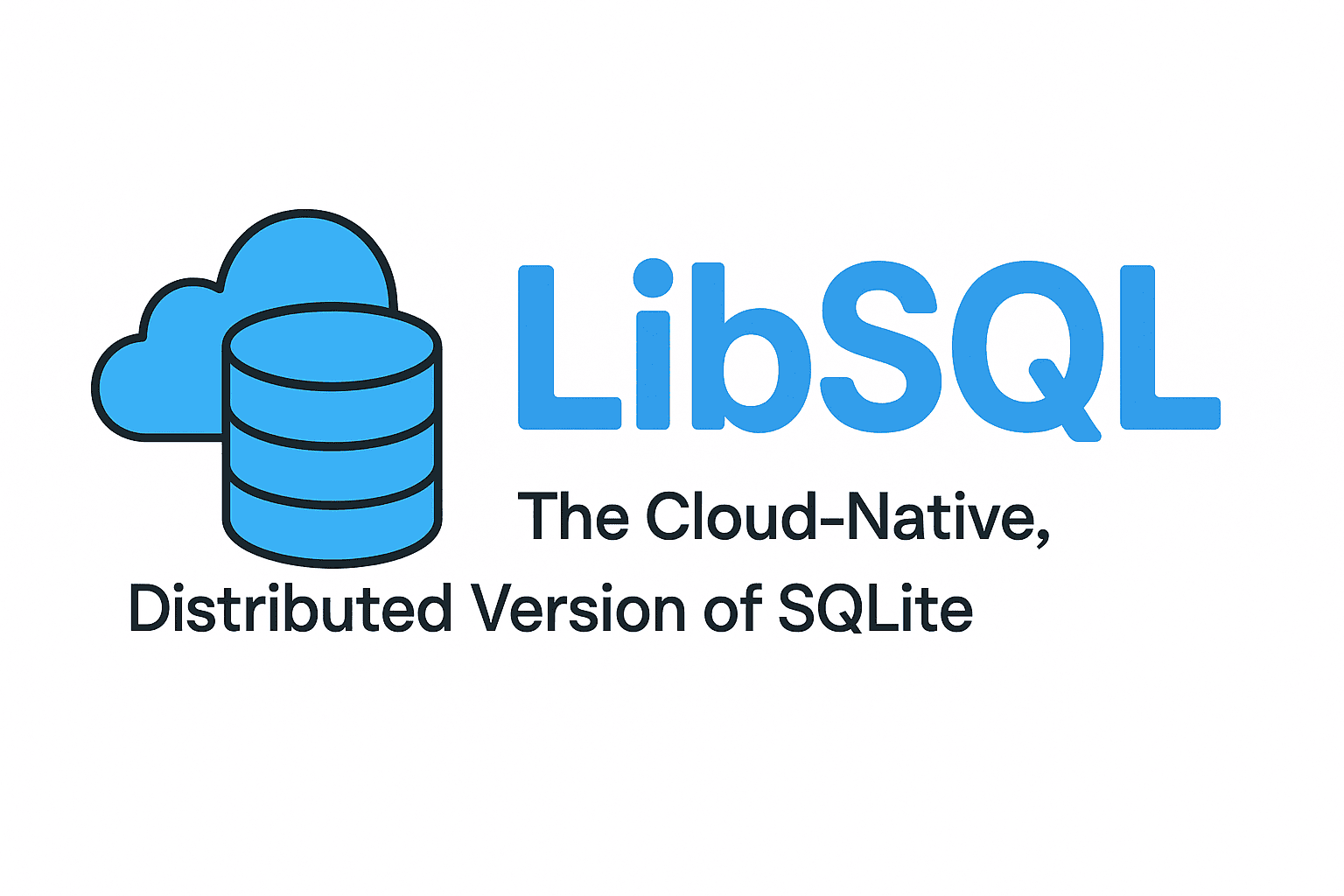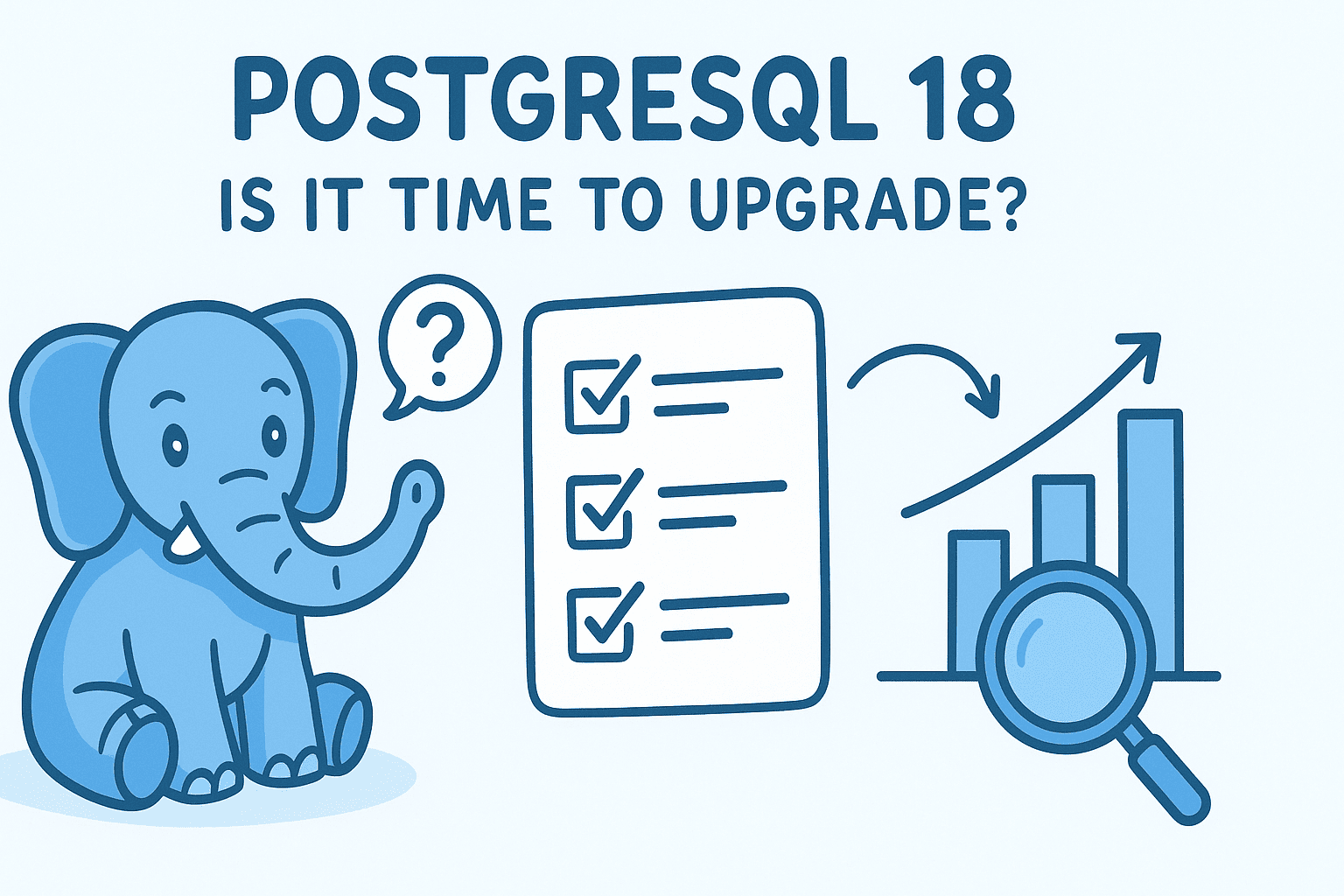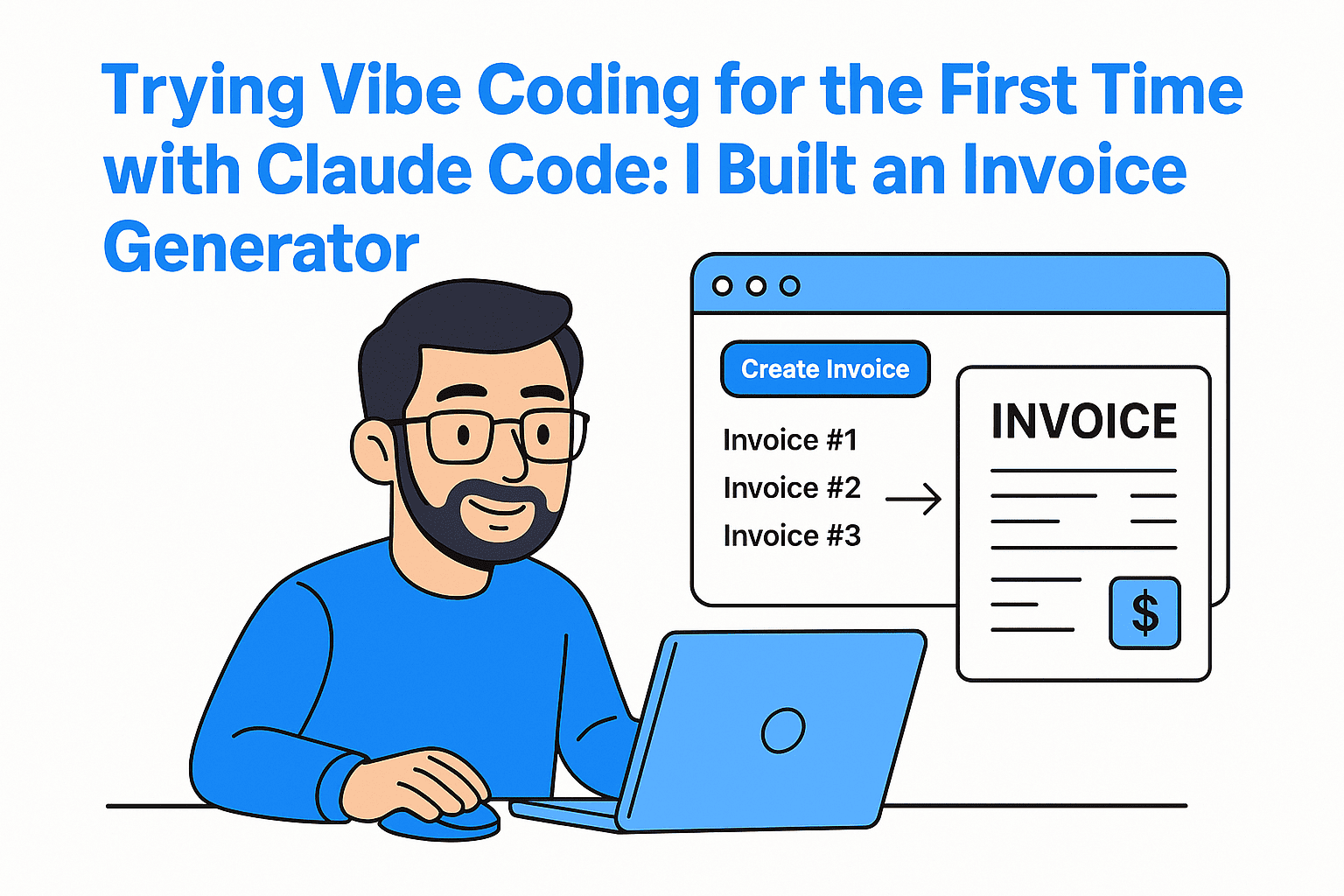Databases are the backbone of almost every modern application. For decades, SQL (relational) databases like MySQL, PostgreSQL, and Oracle were the standard choice. Then, as applications needed to scale across millions of users and handle unstructured data, NoSQL databases like MongoDB emerged.
While MongoDB and similar systems have their strengths, they also come with serious trade-offs. Let’s break it down.
What Is MongoDB (NoSQL)?
MongoDB is a document-oriented NoSQL database. Instead of storing data in rows and tables like SQL, it stores records as JSON-like documents. These documents can have varying fields, nested structures, and no fixed schema.
This flexibility is attractive for applications that evolve quickly, where developers don’t want to constantly modify rigid table structures.
Why MongoDB (and NoSQL) Can Be Good
- Schema Flexibility: No need to predefine strict table structures. You can add or remove fields on the fly without painful migrations. Great for startups and fast-moving projects.
- Horizontal Scalability: MongoDB was built to scale across clusters of machines. Sharding (splitting data across servers) is built-in, which makes it attractive for very large-scale apps.
- Developer-Friendly: Because it uses JSON-like documents, developers working with JavaScript and APIs often find it more natural than writing complex SQL joins.
- Good for Semi-Structured Data: If your data doesn’t fit neatly into tables (e.g., logs, IoT data, user profiles with varying attributes), NoSQL databases can simplify storage.
Why MongoDB (and NoSQL) Can Be Bad
- Data Integrity Issues: Traditional SQL databases enforce strong ACID properties (atomicity, consistency, isolation, durability). MongoDB historically sacrificed some of these for speed, though newer versions improved transactions. Still, relational databases tend to be far more reliable when data integrity is critical.
- Query Limitations: While SQL has a powerful and expressive query language, MongoDB’s query syntax can feel limited or clunky. Complex queries often become inefficient compared to SQL joins and subqueries.
- Performance Pitfalls: MongoDB promises speed, but improper schema design or indexing often results in poor performance. Developers can “shoot themselves in the foot” more easily than with SQL.
- Not Always the Right Tool: If your data is highly relational—like financial records, inventory systems, or booking engines—forcing it into a NoSQL model can cause endless headaches.
SQL vs NoSQL: Key Differences
| Feature | SQL (Relational) | NoSQL (MongoDB) |
|---|---|---|
| Structure | Tables with rows/columns | Documents (JSON-like) |
| Schema | Rigid, predefined | Flexible, dynamic |
| Transactions | Strong ACID compliance | Limited ACID (improved recently) |
| Scalability | Vertical (bigger servers) | Horizontal (sharding across nodes) |
| Query Language | SQL (powerful, standardized) | Custom API, JSON-style queries |
| Best Use Cases | Banking, ERP, analytics, complex relational data | Real-time apps, semi-structured data, rapid prototyping |
Final Thoughts
While MongoDB and other NoSQL systems solve important problems, they are not replacements for relational databases. Instead, they fill a niche where flexibility and horizontal scalability matter more than rigid consistency.
Personally, I find MongoDB frustrating—its query system feels awkward, and the lack of strong guarantees can cause subtle bugs. But I also admit: for the right use case (fast-changing app prototypes, large-scale semi-structured data), MongoDB can shine.
The real takeaway? Choose the right tool for the job. SQL is far from dead, and NoSQL isn’t always the savior. Sometimes, a hybrid approach (using both) is the smartest path.
🤝 Need a Custom RSVP System or Dashboard?
I help businesses build tools that actually work — even on tight deadlines.
Whether you're planning an event, need internal tools, or want a custom dashboard for your team — I can help.
Reach out
📧 Email: safi.abdulkader@gmail.com | 💻 LinkedIn: @abdulkader-safi | 📱 Instagram: @abdulkader.safi | 🏢 DSRPT
Drop me a line, I’m always happy to collaborate! 🚀



